Newly discovered Asteroid C9FMVU2 came as close as 4000 km to Earth at fiery speed
A newly discovered asteroid, designated Asteroid C9FMVU2, paid a visit to our planet on September 7th. It got frighteningly close!
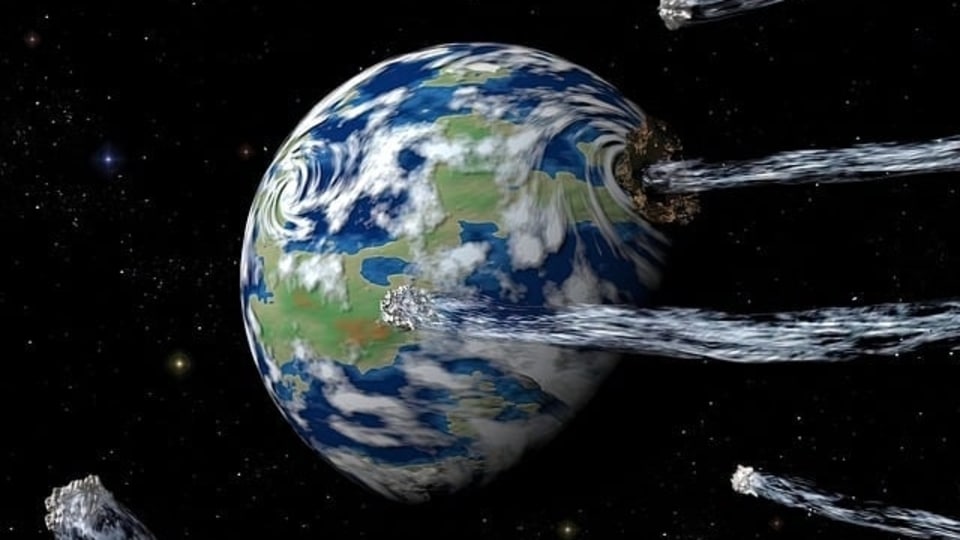
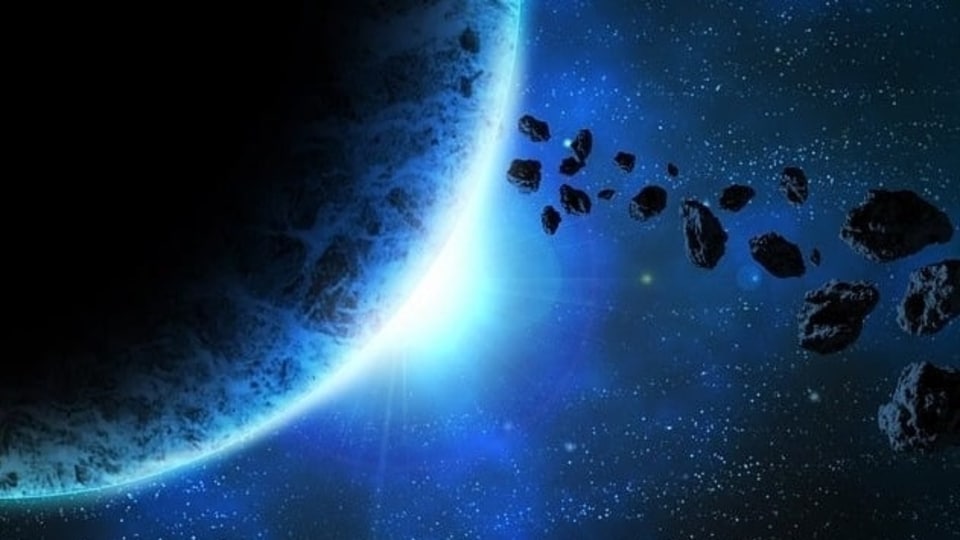
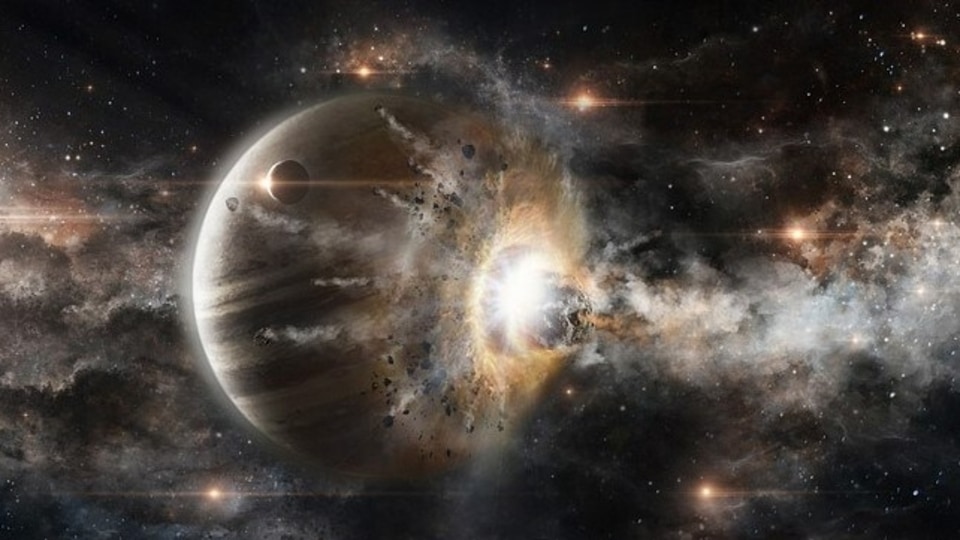
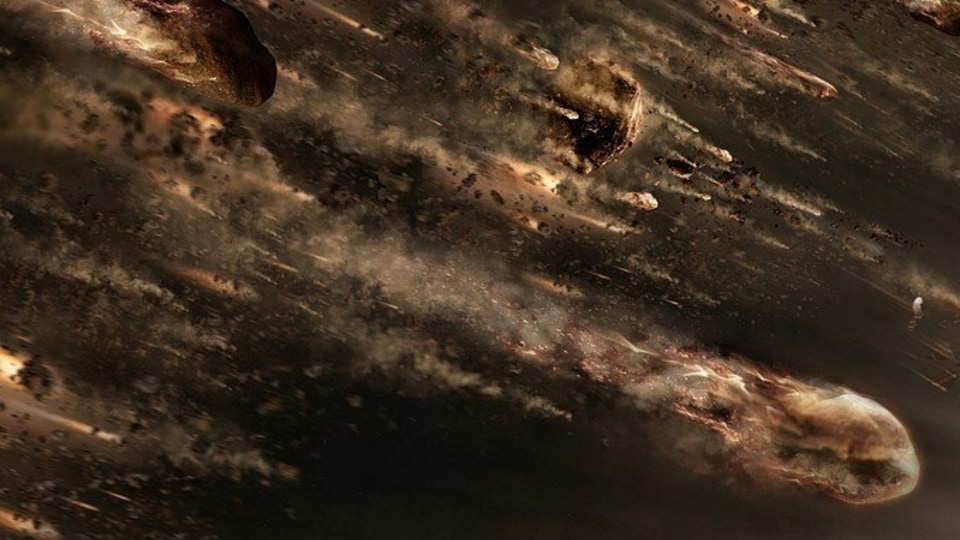
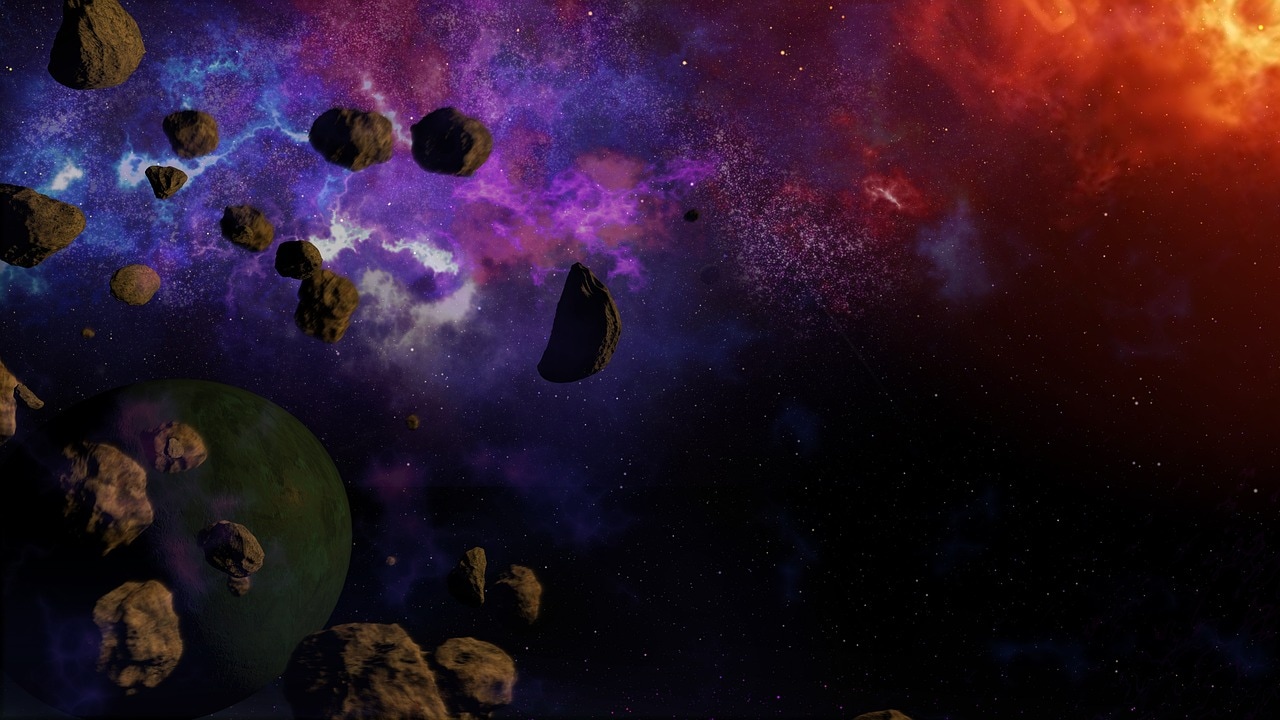
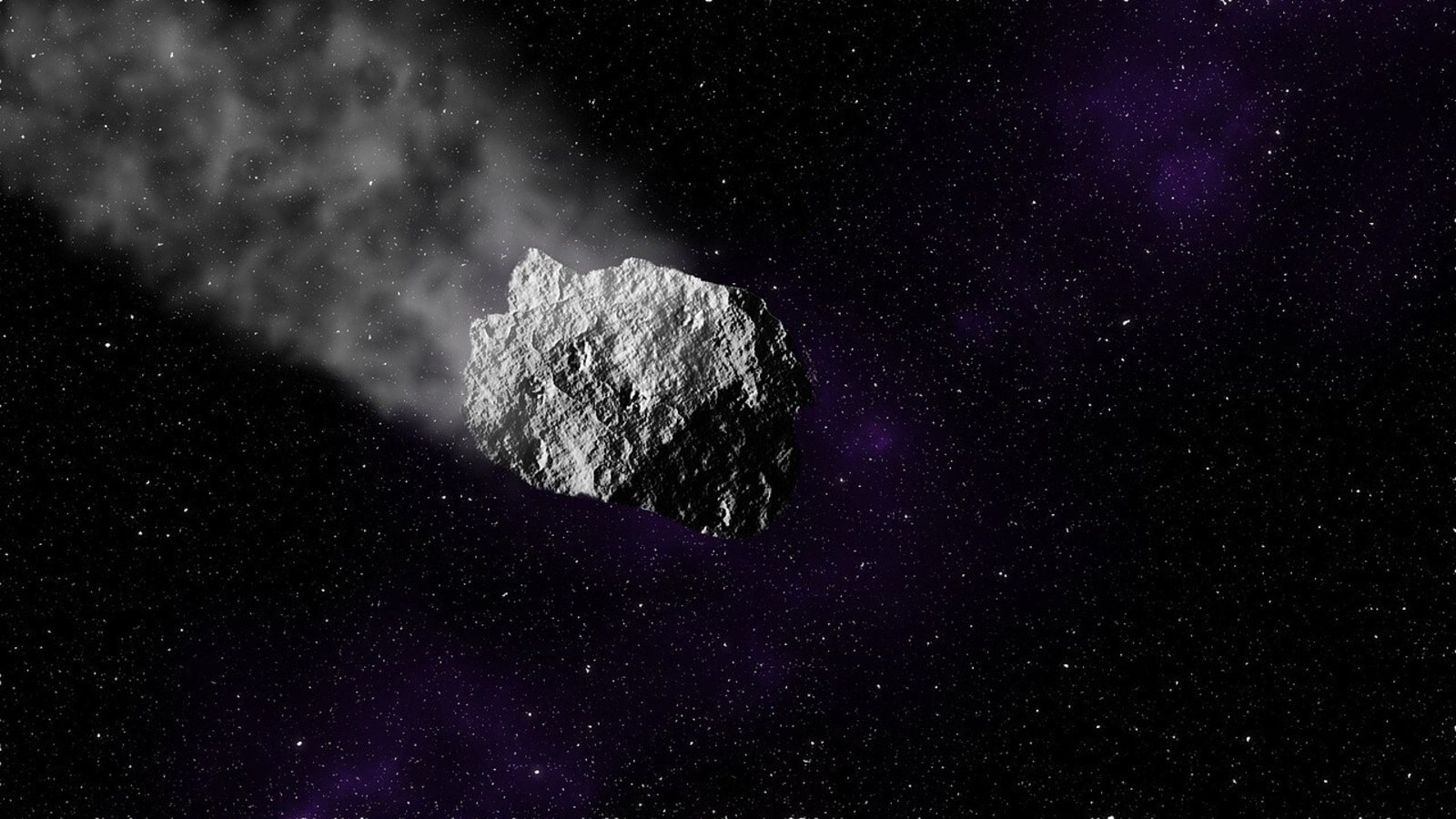
 View all Images
View all ImagesThe universe is full of surprises and asteroids are included. In fact, they have shocked and awed humanity for eons. Our Space agencies keep a close watch on them as they have crashed against Earth and left a trail of destruction. Space agencies like NASA and ESA have discovered more than tens of thousands of asteroids till now. In order to be prepared for any disaster caused by asteroids, it is necessary to keep tracking them. Therefore, NASA and ESA are constantly keeping an eye on these asteroids that threaten to approach Earth a little too closely. And one such asteroid did just that.
Asteroid C9FMVU2
Astronomers and space enthusiasts held their breath as a tiny, newly discovered asteroid, designated Asteroid C9FMVU2, paid a visit to our planet on September 7. This celestial visitor, measuring just 6.5 feet wide (2 meters), approached incredibly close to Earth.
At precisely 10:25 a.m. EDT (1425 GMT), Asteroid C9FMVU2 zipped past our planet, coming within an astonishing 2,500 miles (4,000 kilometers) of the Earth's surface. That is 100 times closer than the Moon. Also Read: 5 near-Earth asteroids approaching Earth at fearsome speeds! Know their size, distance and more
Thankfully, despite its proximity, there was no reason to panic. The European Space Agency (ESA) reassured the public that the small size of the asteroid posed no threat to our planet.
Yesterday, ESA operations posted this on its X handle, “In under 2 hours, a tiny asteroid discovered just this morning will make a Close Approach of Earth, 100 times closer than the Moon and well below many Earth-orbiting satellites. "It poses no risk to us, but Earth's gravity will shape its onward trajectory forever," - Richard Moissl ESA's Head of Planetary Defence.”
Hazardous asteroids
Astronomers have identified over 30,000 near-Earth asteroids, objects that traverse space in close proximity to our planet's orbit. However, only approximately 2,300 of these are classified as potentially hazardous by NASA. To earn this designation, an asteroid must be wider than 460 feet (140 meters) and follow an orbit that brings it within 20 lunar distances of Earth. Even smaller asteroids can inflict significant damage if they collide with our planet. For instance, the 65-foot-wide (20 m) Chelyabinsk asteroid, which exploded above southern Russia in 2013, shattered thousands of windows and injured about 1,400 people with flying glass shards.
Given the potential risks, astronomers are diligently mapping out the population of space rocks near Earth. This ongoing effort aims to ensure that humanity remains prepared for any unexpected collisions.
Catch all the Latest Tech News, Mobile News, Laptop News, Gaming news, Wearables News , How To News, also keep up with us on Whatsapp channel,Twitter, Facebook, Google News, and Instagram. For our latest videos, subscribe to our YouTube channel.





























